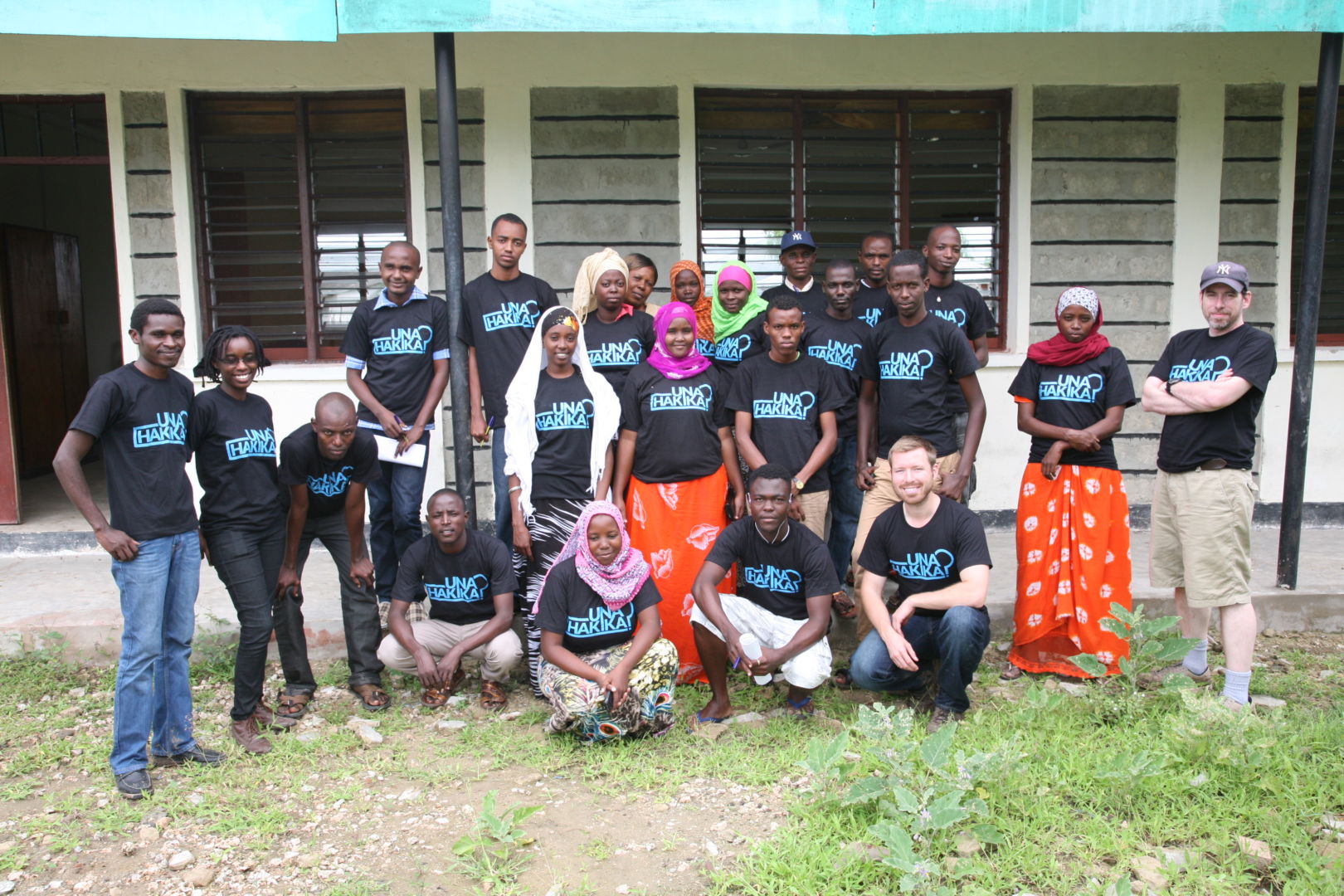Is there a relationship between peace, conflict, technology, and misinformation? If so, how does this relationship work and what can we do to create healthier, more stable societies by responsively making accurate information readily available to citizens?
You’re invited to join the Una Hakika team for a discussion about the link between technology and violence prevention at our upcoming stakeholders meeting in Nairobi on April 14 (details below). Una Hakika has now been working in the Tana Delta for over a year to help fight harmful misinformation and despite many challenges we’ve become a source of trusted and accurate information for many communities. Now is your chance to meet the people who make Una Hakika a reality – the creators, staff, partners like iHub Research, funders like the International Development Research Centre, and even community members who will be traveling from the Tana Delta to join us. If you want to be there, here’s what you need to know:
Shortly after the massacres that killed over 170 people in the Tana Delta during 2012-13, our team found that misinformation – incendiary rumours spread either intentionally or in good faith – had fueled the violence between the Orma and Pokomo ethnic groups. Seeing how misinformation continued to encourage an atmosphere of fear, distrust, and even hatred, we asked ourselves, how can we counter misinformation? Would providing people with a source of accurate information reduce the risk of violence? What could be the role of information and communications technology (ICT) such as mobile phones and social media in fostering a culture of critical thinking and fact checking in the Tana Delta? If you’re interested in learning more about the link between technology and violence prevention, and want to hear about Una Hakika’s challenges, accomplishments, and future plans, then please join us and help to answer some of these questions.
A Note on ICTs and Peacebuilding
Technology experts around the world have been developing new tools and adapting existing ones in order to create space for dialogue with the goal of preventing violence. Others use the technology to better collect and visualize situations with real-time data and use it to inform and improve their work, which means that what they do with the information matters most. After all, if information is not used to shape policies and make decisions that benefit the affected community then technology becomes ineffective as part of the peace process. There is a debate about whether technology is a channel that helps bring about peace, with one school of thought arguing that technology – especially low-cost technology – has huge potential for making people safer, building peace, and linking communities and institutions. However, others argue that technology does not bring lasting peace since tools may become obsolete or unsustainable and that the top-down solutions suggested by outsiders do not reflect local needs and priorities. Another criticism sometimes leveled against technologies is that they do not contribute to building trust and relationships. Can ICT-equipped peacebuilders overcome the critics and implement effective, sustainable interventions?

